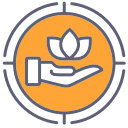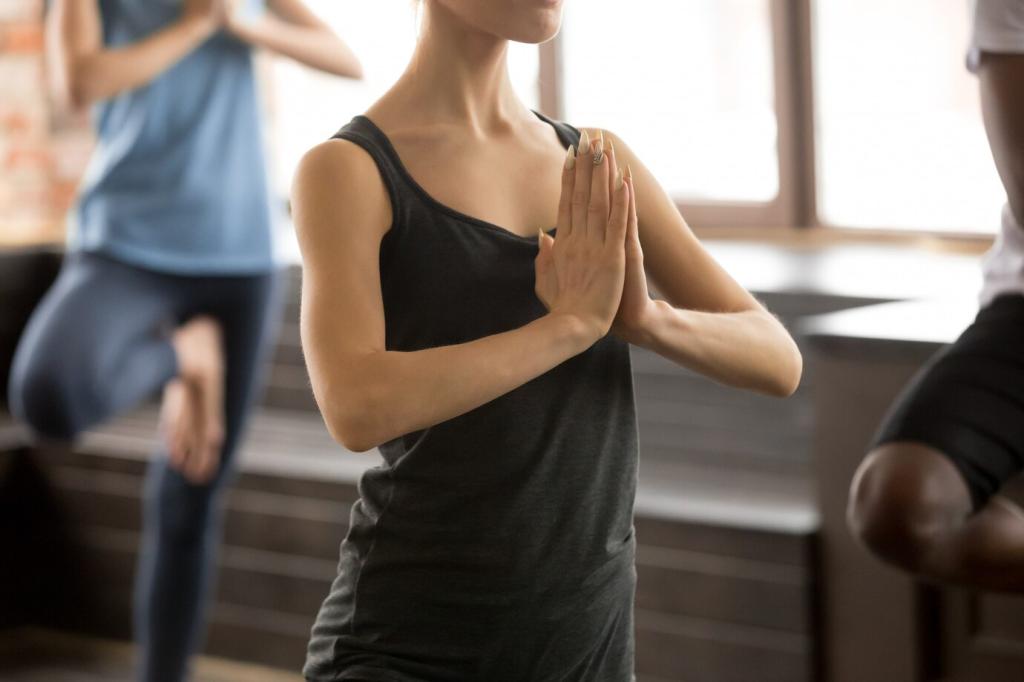Mindful Cues that Dissolve Tension During Practice
Silently name what you feel—pressure, tightness, buzzing—while in gentle twists. Labeling sensations decreases emotional load, reminds the brain you are safe, and loosens the grip of stress-fueled narratives.
Mindful Cues that Dissolve Tension During Practice
Swap ‘push deeper’ for ‘notice what softens.’ This language mirrors meditation’s curiosity, preventing over-efforting. Stress melts faster when you ask, not force, the body to open and the mind to settle.
Mindful Cues that Dissolve Tension During Practice
Stand in Mountain Pose, feel feet, then take one intentional breath before your next move. These tiny still moments become mini-meditations, lowering reactivity and training steadiness under everyday pressures.
Mindful Cues that Dissolve Tension During Practice
Lorem ipsum dolor sit amet, consectetur adipiscing elit. Ut elit tellus, luctus nec ullamcorper mattis, pulvinar dapibus leo.




